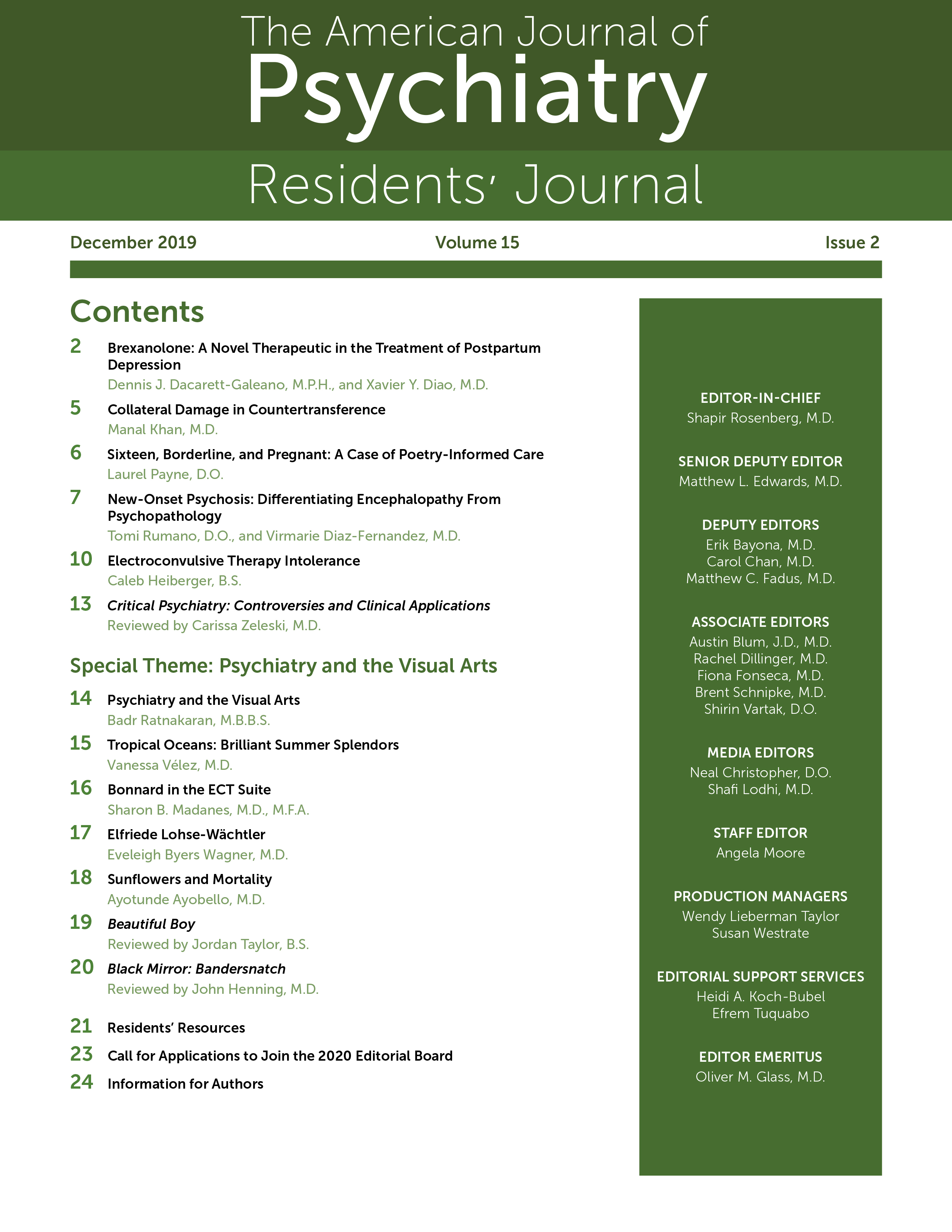Sunflowers and Mortality

Painting courtesy of Ayotunde Ayobello, M.D.
I remember a time when becoming a physician was my highest aspiration. It was an ethereal dream that only hard work, dedication, and perseverance could make a reality. This dream began to come true on the first day of medical school and became more palpable with every passed shelf exam and completed rotation.
Indeed, the concerns of a medical student, eager and ambitious, can sometimes contrast with the worries of a sleep-deprived, coffee-powered resident. Although most of my effort in medical school was devoted to completing projects and getting good grades, during my residency, I became more concerned with repairing personal relationships that had deteriorated over the years. It became clear that my dedication to medical education had inadvertently taken away from the quality of my human connections. My ever-growing list of missed birthdays, weddings, and other family events was proof of this. A few sudden deaths in my family reminded me of the fragility of life and the fact that I was spending most of my time buried in my books. As I made good on the sacred oath to care for the ailing, my very own mortality began to confront me. A family history of cancer was becoming more established, and I could very well be next in line for an early cancer diagnosis. Should physicians not be somehow excluded from sickness and all forms of disease? After all, we sacrifice a big part of our most productive years to this sacred art. These thoughts drove me to my easel, where I created "Sunflowers and Mortality," an oil-on-canvas painting.
At first glance, a surreal and somewhat mythical scene confronts the viewer. A young physician (a depiction of myself) is seen in a vast field of sunflowers. A vigilant and intimidating bull is immediately noted in the background, carefully observing the physician. The whole scene is subsumed in a dramatic and vibrant sky depicting what is, based on the youthful appearance of the physician, a sunrise. The field of sunflowers represents the wonderful satisfaction and expectations of the physician’s hardworking, honest life. The bull, however, represents mortality, a formidable and inexorable foe. Although the bull maintains a reasonable distance, it constantly stalks and haunts the physician, as if urging him to more fervently press ahead on his journey, lest he be violently gored.
As I walk out the door every morning, I glance at this painting hanging on my wall, and I am reminded of a few things. First, to continually cherish human connections and foster relationships on a day-to-day basis. Second, to humbly come to terms with the fleeting and fragile nature of life. Finally, to recognize and enjoy "sunflowers," the often-overlooked everyday pleasures that make life worth living: having breakfast with a loved one, the smell of fresh air in the morning, driving with the windows down, a laugh exchanged with a friend. Appreciating these little moments helps put things in proper perspective and, in so doing, ensures a life of fulfillment and contentment.



